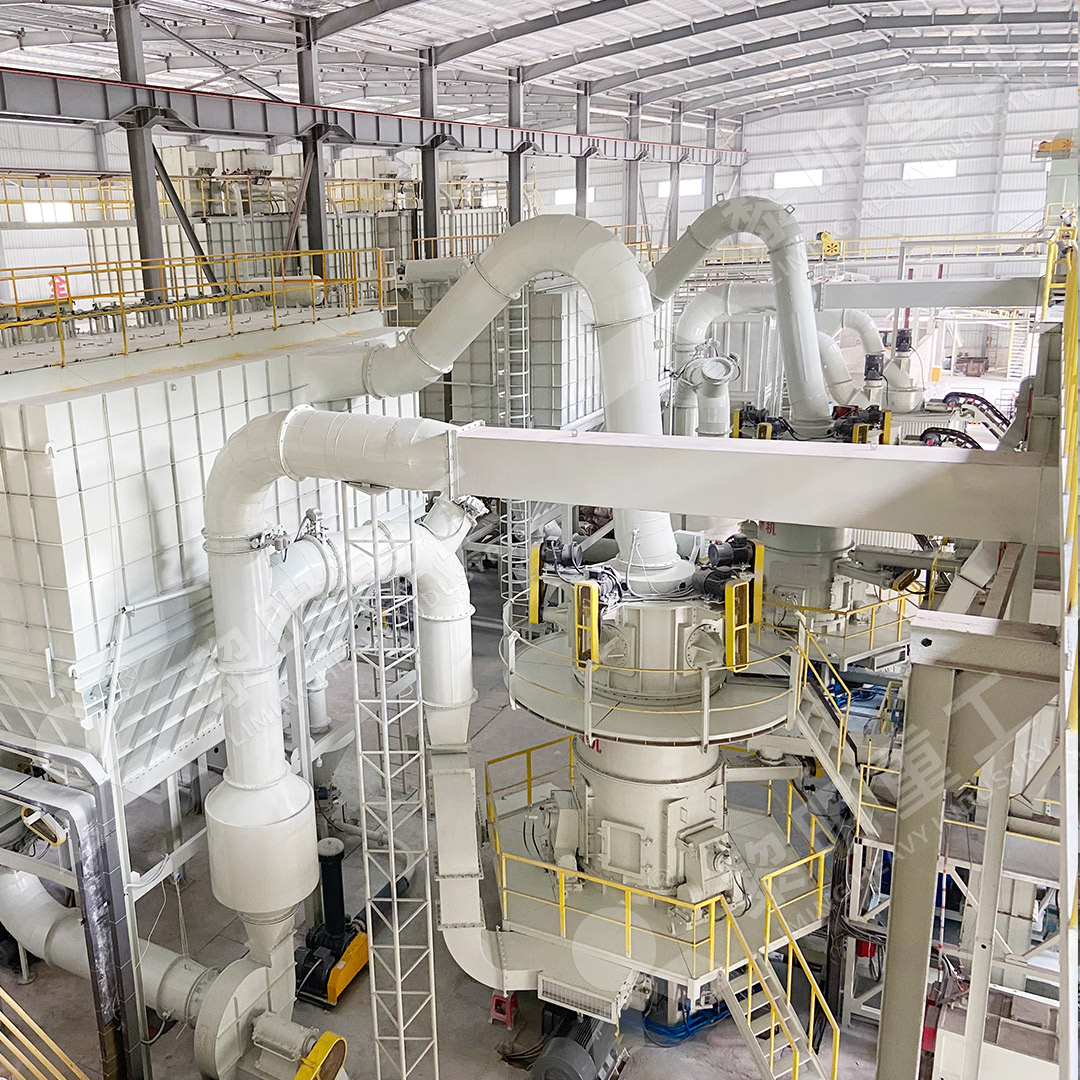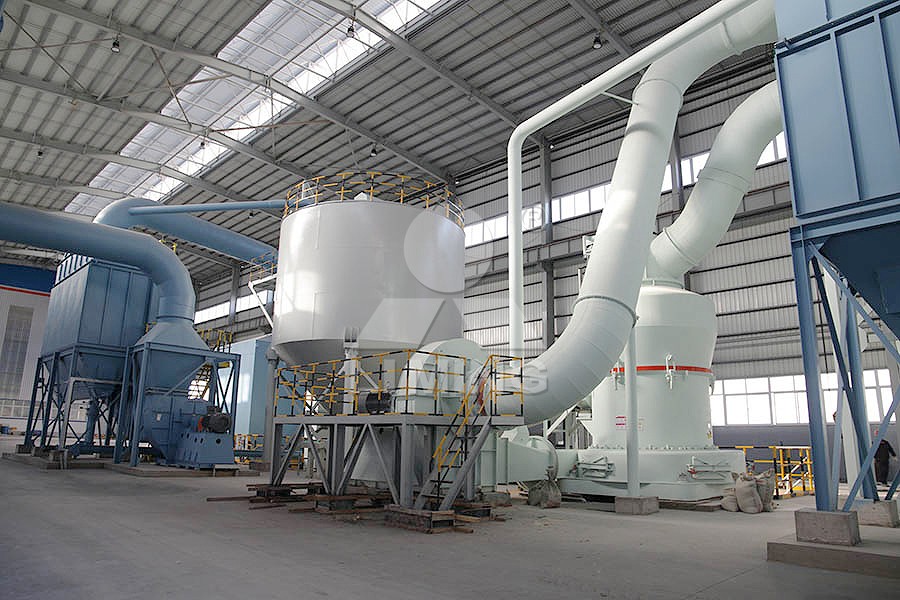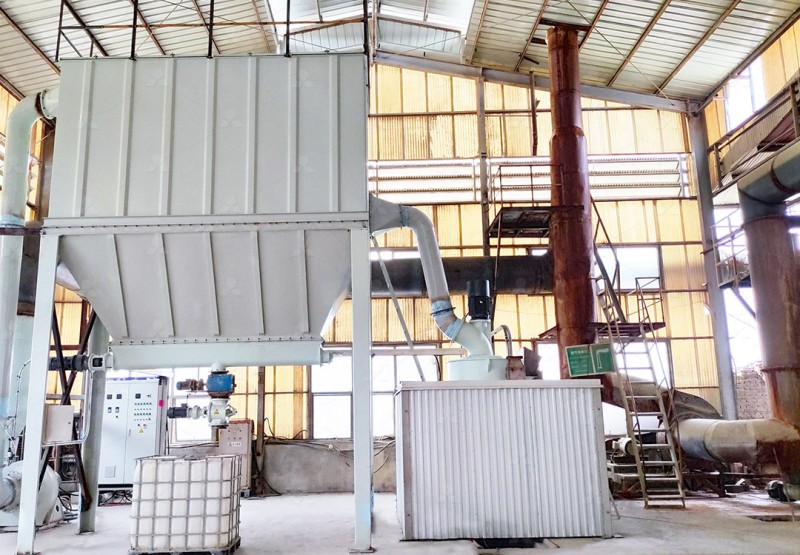Quartz Stone Grinding Mill: Types, Working Principles, and Selection Guide
Quartz Stone Grinding Mill: Types, Working Principles, and Selection Guide
Quartz stone processing requires specialized grinding equipment to achieve the precise particle sizes demanded by various industries. Understanding the different mill types, their working mechanisms, and selection criteria is crucial for optimizing production efficiency and product quality.
Major Types of Quartz Grinding Mills
The mineral processing industry employs several grinding mill configurations, each with distinct advantages for quartz applications:
Vertical Roller Mills utilize multiple grinding rollers that press against a rotating table. Materials are fed centrally and move outward under centrifugal force, experiencing compression between rollers and table. These systems integrate drying, grinding, and classification in a single unit, making them space-efficient and energy-conscious.

Raymond Mills represent traditional grinding technology where rotating rollers swing outward to press against a stationary ring. The system incorporates an integral classification system that returns oversize particles for regrinding while allowing fine product to exit.
Ball Mills operate on the impact principle, using tumbling grinding media to reduce particle size. While versatile, they typically consume more energy than advanced alternatives and produce broader particle distributions.
Working Principles Demystified
All grinding mills share the common objective of reducing particle size through mechanical forces, but achieve this through different mechanisms:
Vertical mills employ a bed compression principle where material is ground between rollers and a rotating table. The ground material is then transported by air to an integrated classifier that separates particles by size. This closed-circuit operation ensures consistent product quality.
Ring-roller mills like Raymond designs utilize centrifugal force to press grinding rollers against a stationary ring. A ploughing system feeds material into the grinding zone, while air circulation carries finished product to collection systems.

Critical Selection Factors
Choosing the appropriate quartz grinding mill requires evaluating several parameters:
- Target Fineness: Required particle size distribution (meshes or microns)
- Production Capacity: Tons per hour throughput requirements
- Moisture Content: Need for integrated drying capabilities
- Energy Efficiency: Power consumption per ton of product
- Space Constraints: Physical footprint limitations
- Automation Level: Desired degree of operational control
Advanced Grinding Solutions
For operations requiring ultra-fine quartz powders with precise particle distributions, the MW Ultrafine Grinding Mill represents cutting-edge technology. This system processes materials with input sizes up to 20mm and delivers throughput ranging from 0.5 to 25 tph. Its innovative design eliminates rolling bearings and screws from the grinding chamber, significantly reducing maintenance concerns and potential contamination.
The MW series achieves exceptional fineness control between 325-2500 meshes through German-engineered cage-type powder selectors. Production testing demonstrates 40% higher capacity compared to jet mills and double the output of ball mills with equivalent power consumption. Environmental considerations are addressed through integrated pulse dust collection and noise reduction systems.

For operations prioritizing energy efficiency and space optimization, the LUM Ultrafine Vertical Grinding Mill combines Taiwanese roller technology with German classification systems. This vertical configuration handles 0-10mm feed material at 5-18 tph capacity while reducing energy consumption by 30-50% compared to conventional mills.
Frequently Asked Questions
What is the optimal mill type for producing quartz powder below 10 microns?
Ultrafine grinding mills like the MW series are specifically engineered for sub-10 micron applications. Their advanced classification systems and precision grinding mechanics consistently achieve d97≤5μm particle distributions.
How does quartz hardness affect mill selection?
Quartz measures 7 on the Mohs scale, requiring wear-resistant grinding elements. Our MW and LUM mills incorporate specialized alloys in high-wear components to maintain performance while processing abrasive materials.
Can grinding mills handle moist quartz materials?
Vertical mill configurations integrate drying capabilities, processing materials with moderate moisture content. For high-moisture applications, pre-drying systems or specialized mill configurations are recommended.
What maintenance considerations are specific to quartz grinding?
Quartz’s abrasiveness necessitates regular inspection of grinding elements. Our MW series addresses this through external lubrication systems and chamber designs that eliminate internal bearings and screws, dramatically reducing maintenance frequency.
How important is particle size distribution control for quartz applications?
Extremely critical. Industries like electronics, optics, and composites require tight particle distribution controls. Advanced mills with precision classifiers like our MW series provide the necessary control, with adjustable fineness between 325-2500 meshes.
